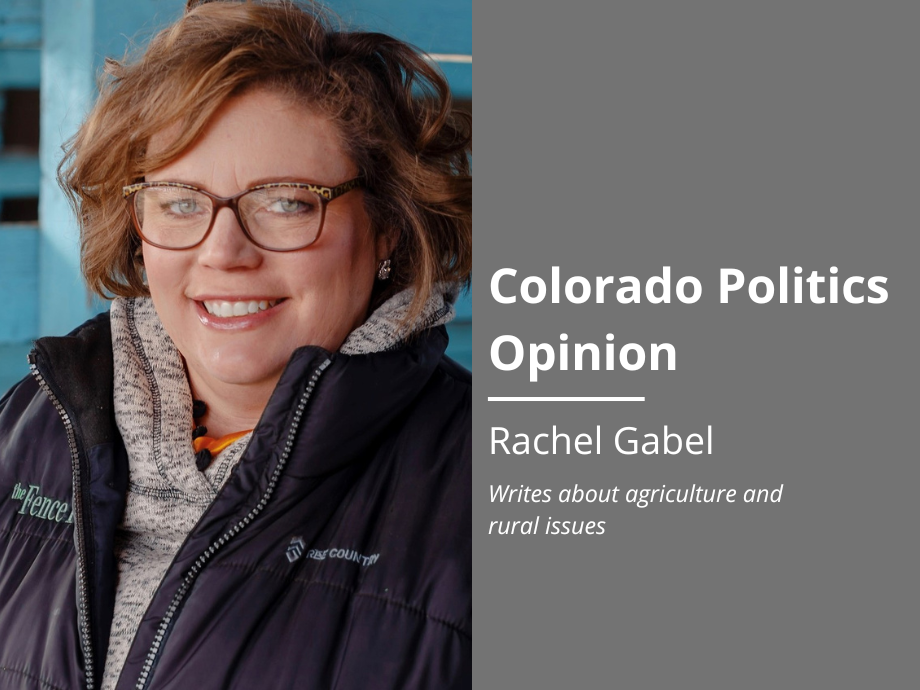Marketing milking the milk market | GABEL


There’s much ado about labeling requirements for plant-based and lab-created foods these days. Dairy producers have been locking horns with food companies who use dairy terms like milk to describe products that are not milk on the grocery product labels. The nomenclature nightmare has been ongoing since “almond milk” hit the scene some 40 years ago. Cell-based products are now testing the integrity standards of identity and pushing companies to stretch food labeling regulations to the proverbial edge. The goal of defining what a product is and what a product is not is more and more difficult.
As a label reader, I do believe American consumers should be responsible for making informed purchasing decisions. I also believe there is little chance of most shoppers picking up a container of oat “milk” or plant-based “cheese,” or a package of Beyond beef and mistaking it for the real deal. There’s certainly room in the market for these products and, as someone is likely to inscribe on my gravestone someday, the beauty of American agriculture is the ability to vote with dollars, choosing the products that align with consumer desires, needs and beliefs. A consumer may purchase whatever they want, but they’ll likely pay a premium for some products.
Much of the labeling debate comes down to the regulatory definition of products. Certainly, almond milk is not milk, though whether marketers are attempting to connect the almond milk product with the positive reputation of milk or trying to mislead consumers is up for debate. There’s no doubt a product named “Fluid Produced from the Pulp of Water-Soaked Almonds” is markedly more difficult to market to consumers. The spoof video of a farmer in overalls demonstrating how he milks almonds on his farm may be ridiculous, but this name game has taken the time and resources of producers, marketers and courts.
Stay up to speed: Sign-up for daily opinion in your inbox Monday-Friday
According to the Food, Drug and Cosmetic Act, a food is misbranded if it purports to be, or is represented as, a food for which a definition and standard of identity has been prescribed by regulation, unless it conforms to such definition and standard. In 2012, the FDA warned Fong Kee ToFu Company their Fresh Soy Milk Sweet product uses the term “milk,” which is a standardized term defined as “the lacteal secretion, practically free from colostrum, obtained by the complete milking of one or more healthy cows.” The letter continued:
“Therefore, we do not consider ‘soy milk’ to be an appropriate common or usual name because your product does not contain milk. We consider ‘soy drink’ or ‘soy beverage’ however as acceptable common or usual names for such products.”
Another point of contention is the packaging and location in the grocery store of products and whether, by utilizing similar packaging and placing the products – for example, in the dairy case – if the companies are intentionally designed to mimic dairy products and fool consumers. Dating back to the early 1990s, the FDA explained, via the Federal Register, compliance with proper labeling of imitation and substitute food products. If the modified food uses a standardized dairy term and is nutritionally inferior, as many plant-based products are, the product must bear the word “imitation.” If not nutritionally inferior, it must bear the word “substitute” or “inferior.”
In comments filed with the FDA, the National Milk Producers Federation wrote about the FDA rule that is known colloquially as the “Jelly Bean Rule.” “In essence, one cannot take a jelly bean and inject it with nutrients and then advertise that it was a “good source of…”. The plant-based manufacturers are in essence doing precisely this. They start with water, add a concoction of powders and chemicals and then call it a “milk” – one of the most wholesome and nutritious food products known, a product that contains 9 essential nutrients and is an especially important source of nutrients in a child’s diet. Currently, plant-based food manufacturers are making implied nutrient content and health claims with no fear of retribution, a situation FDA must remedy.”
The last sticking point involves the FDA’s apparent refusal to enforce its own rules. Though not entirely surprising, many state legislatures have passed their own laws about label language, though it should be entirely unnecessary.
Hopefully, we can give enough credit to consumers and defer to their judgment and intelligence to differentiate between products, though when it’s said and done, it’s difficult to compete in a marketplace that allows bad players to poo poo laws.
Rachel Gabel writes about agriculture and rural issues. She is assistant editor of The Fence Post Magazine, the region’s preeminent agriculture publication. Gabel is a daughter of the state’s oil and gas industry and a member of one of the state’s 12,000 cattle-raising families, and she has authored children’s books used in hundreds of classrooms to teach students about agriculture.












